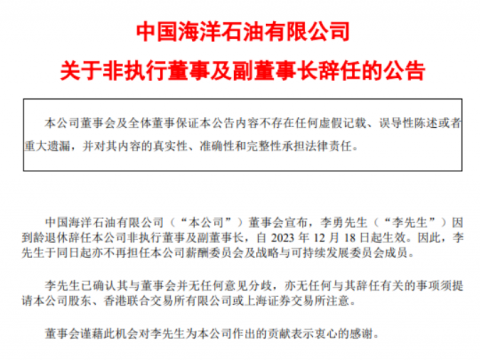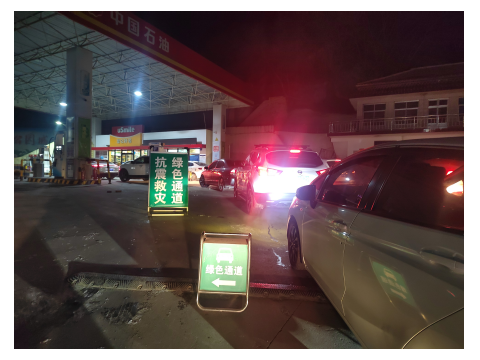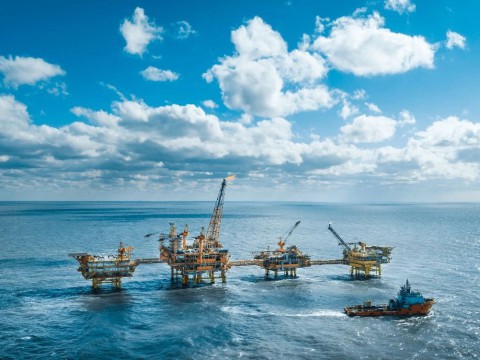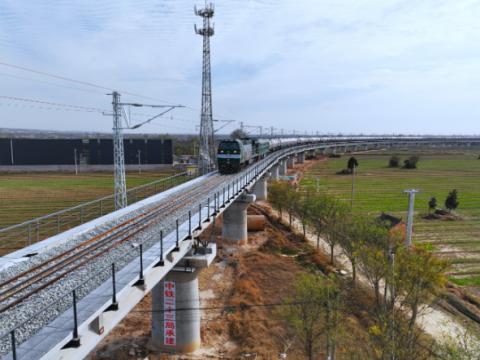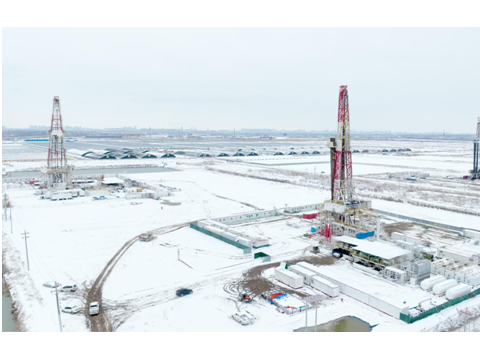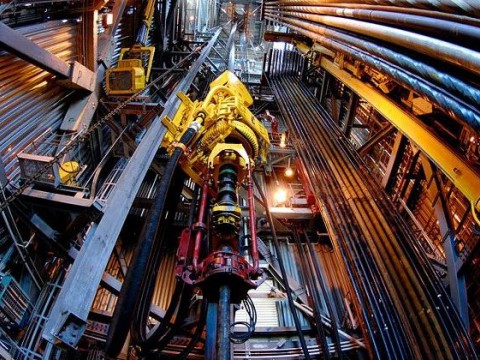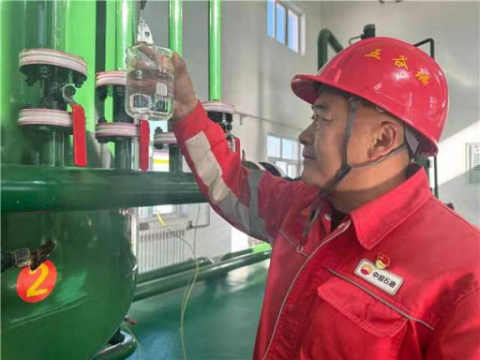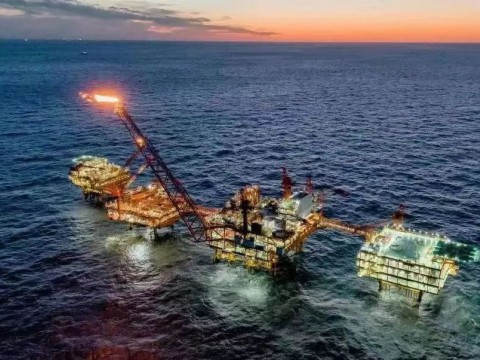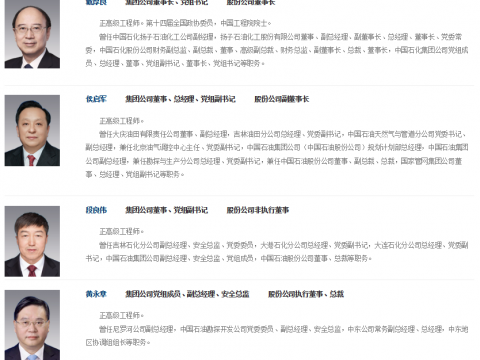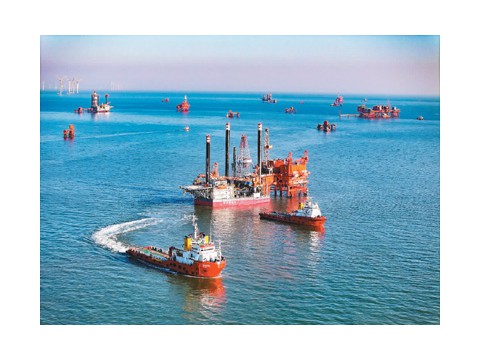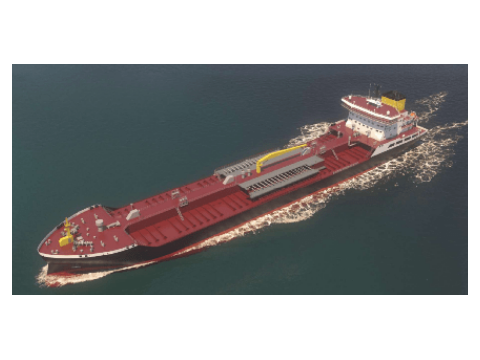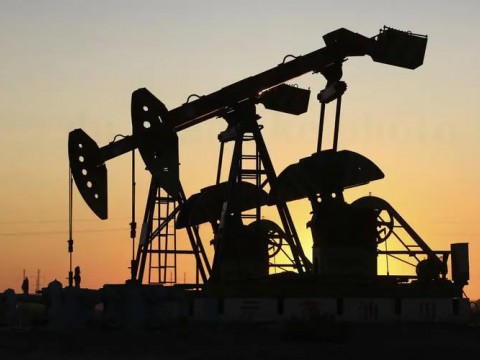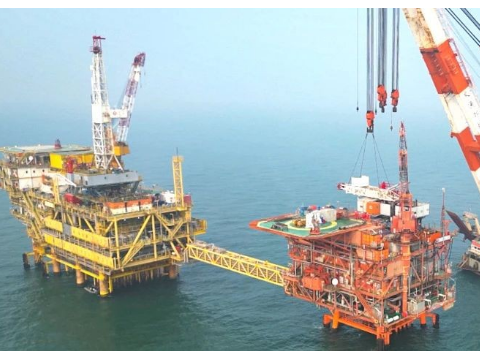今年全球可再生能源的资本投资将达到近5000亿美元
今年可能是可再生能源投资超过上游油气投资的第一年
在一些地方,可再生能源项目的收支平衡时间已降至一年以下
据油价网10月17日报道,挪威能源研究和商业情报公司雷斯塔能源公司(Rystad)的最新研究结果显示,高现货电价——尤其是在欧洲的高现货电价——正在改变公用事业领域的风能和太阳能投资,这是因为不到一年的潜在回报期可能会引发纯粹基于项目经济的可再生资产开发竞赛。根据Rystad的研究和分析结果,可再生能源领域的资本投资也显著增加,今年将达到4940亿美元,超过上游油气行业的4460亿美元。这是可再生能源投资首次超过石油和天然气投资。
到目前为止,可再生能源项目——太阳能光伏项目和风电项目——的回报一直不引人注目,主要依靠补贴使项目越过成本基准。最近的大宗商品和供应链问题造成的成本压力本应使情况变得更糟,因为它们逆转了该行业多年来单位成本的快速提高。然而,Rystad的分析研究结果显示,目前德国、法国、意大利和英国的现货电力价格都将带来12个月或不到12个月的资金周期回报。
Rystad高级副总裁迈克尔·萨里奇表示:“由于各国争相获得安全、廉价的能源,今年对可再生能源的资本投资将首次超过石油和天然气。由于可再生能源项目在某些情况下的回报时间缩短至不到一年,对可再生能源的资本投资可能会进一步增加。”
为了理解电力价格飙升对项目经济的影响,在德国做了一个250兆瓦的通用太阳能光伏资产模型。假设长期电价为50欧元/兆瓦时(49美元/兆瓦时),预期税后回报率约为6%,回收期为11年。然后假设在启动年电力价格较高,在第2年和第3年价格一致下降,直到回到长期假设。350欧元或以上/兆瓦时电力价格只会导致1年的回收期,而大约180欧元/兆瓦时(欧盟委员会提议的价格门槛)的电力价格会使回收期减半至5-6年。 但在法国、意大利和英国,350欧元/兆瓦时的电价也会在12个月内产生回报。
并不是所有的可再生能源开发商都能在相同程度上受益。
考虑到上述国家8月份的平均现货电力价格均超过400欧元/兆瓦时,公用事业规模的可再生能源的经济效益似乎令人信服。可再生能源相对较低的运营成本加强了他们的理由,因为即使长期电价大幅下降,回报也将保持强劲。
从历史上看,项目需要确定的现金流来获得资金,通常是通过电价和/或电力购买协议(PPAs)。 尽管这些机制保护项目免受电力价格下跌的风险,但这确实意味着有限或完全不受现货市场高电力价格的影响。事实上,由于这个原因,大多数欧洲太阳能和风能项目并没有从当前的高电力价格中受益。然而,尽管在可再生能源项目开始建设之前,清除监管和其他障碍可能需要数年时间,但如果人们认为高电力价格将持续下去,开发商和融资方都应该努力让项目尽快投产,并最大限度地承担批发价格的风险——因为一旦前期成本得到收回,即使电力价格回落到接近历史水平的水平,回报也将非常有吸引力。
此外,Rystad的研究和分析结果显示,投入可再生能源的资金首次超过上游油气(包括待重新开发和未开发,但不包括勘探)。 如果高电价确实持续下去,并且开发商迅速将新产能投入使用,那么诱人的经济效益甚至可能加速欧洲可再生能源行业的增长。
李峻 编译自 油价网
原文如下:
Renewable Investments Could Outstrip Upstream Oil And Gas In 2022
· Capital investment in renewables is set to reach nearly $500 billion in 2022.
· This year could be the first year that renewable investment overtakes upstream oil and gas investment.
· The break-even time on renewable energy projects has fallen to under one year in some places.
High spot electricity prices, particularly in Europe, are changing the utility wind and solar investment narrative as potential payback periods of under a year could start a race to develop renewable assets purely based on project economics, Rystad Energy research shows. Capital investments in renewables have also increased significantly and are set to reach $494 billion in 2022, outstripping upstream oil and gas at $446 billion for the year, according to Rystad Energy research. This is the first time that investment in renewables is set to be higher than for oil and gas.
Up until now, returns on renewable energy projects (solar PV and wind) have been unspectacular, primarily relying on subsidies to get projects over the line. Cost pressures due to recent commodity and supply chain issues should have made matters worse as they have reversed years of rapid unit cost improvements in the sector. However, Rystad Energy analysis demonstrates current spot prices in Germany, France, Italy, and the UK would all result in paybacks of 12 months or less.
“Capital investments in renewables are set to outstrip oil and gas for the first time this year as countries scramble to source secure and affordable energy. Investments into renewables are likely to increase further moving forward as renewable project payback times shorten to less than a year in some cases,“ says Michael Sarich, senior vice president, Rystad Energy.
To understand the impact of soaring prices on project economics, a generic 250 megawatts (MW) solar PV asset has been modelled in Germany in the below graph. Assuming a long-term electricity price of €50/MWh ($49/MWh), the expected post tax return is approximately 6% with a payback period of 11 years. Higher prices were then assumed in the start-up year, dropping uniformly in years 2 and 3 until returning to the long-term assumption. As demonstrated below, a price of €350/ MWh or above results in a payback period of only one year while a price of approximately €180 – the European Commission’s proposed price threshold – halves the payback to 5-6 years. The data shown is for Germany, however €350/ MWh will also result in a payback within 12 months in France, Italy, and the UK.
Not all renewable developers will benefit to the same extent
Considering the average monthly spot prices for August in the countries mentioned were all well over €400/ MWh, the economics for utility scale renewables appear to be compelling. The relatively low operating costs of renewables strengthens their case as the returns would remain robust even if the long-term power prices were to drop significantly.
Historically, projects have required certainty of cashflows to secure funding, often via feed in tariffs and/or power purchase agreements (PPAs). Although these mechanisms protect the project from downside price risk, it does mean limited or no exposure to high spot market prices. In fact, most European solar and wind projects are not benefitting from the current high prices for this reason. However, while it can also take years to clear regulatory and other hurdles before construction can begin on a renewables project, if one believes high prices are here to stay, developers and financiers alike should be trying to get projects up and running as quickly as possible and with maximum exposure to wholesale prices – as once the up-front costs are recouped, returns will be very attractive even if prices drop back close to historical levels.
In addition, our research and analysis show more capital is being pumped into renewables than upstream oil and gas (including brownfield and greenfield but excluding exploration) for the first time. If high prices are indeed here to stay and developers bring new capacity online quickly, the compelling economics might even hasten Europe’s renewable sector growth.
免责声明:本网转载自其它媒体的文章,目的在于弘扬科技创新精神,传递更多科技创新信息,宣传国家科技政策,展示国家科技形象,增强国家科技软实力,参与国际科技舆论竞争,提高国际科技话语权,并不代表本网赞同其观点和对其真实性负责,在此我们谨向原作者和原媒体致以崇高敬意。如果您认为本网文章及图片侵犯了您的版权,请与我们联系,我们将第一时间删除。








